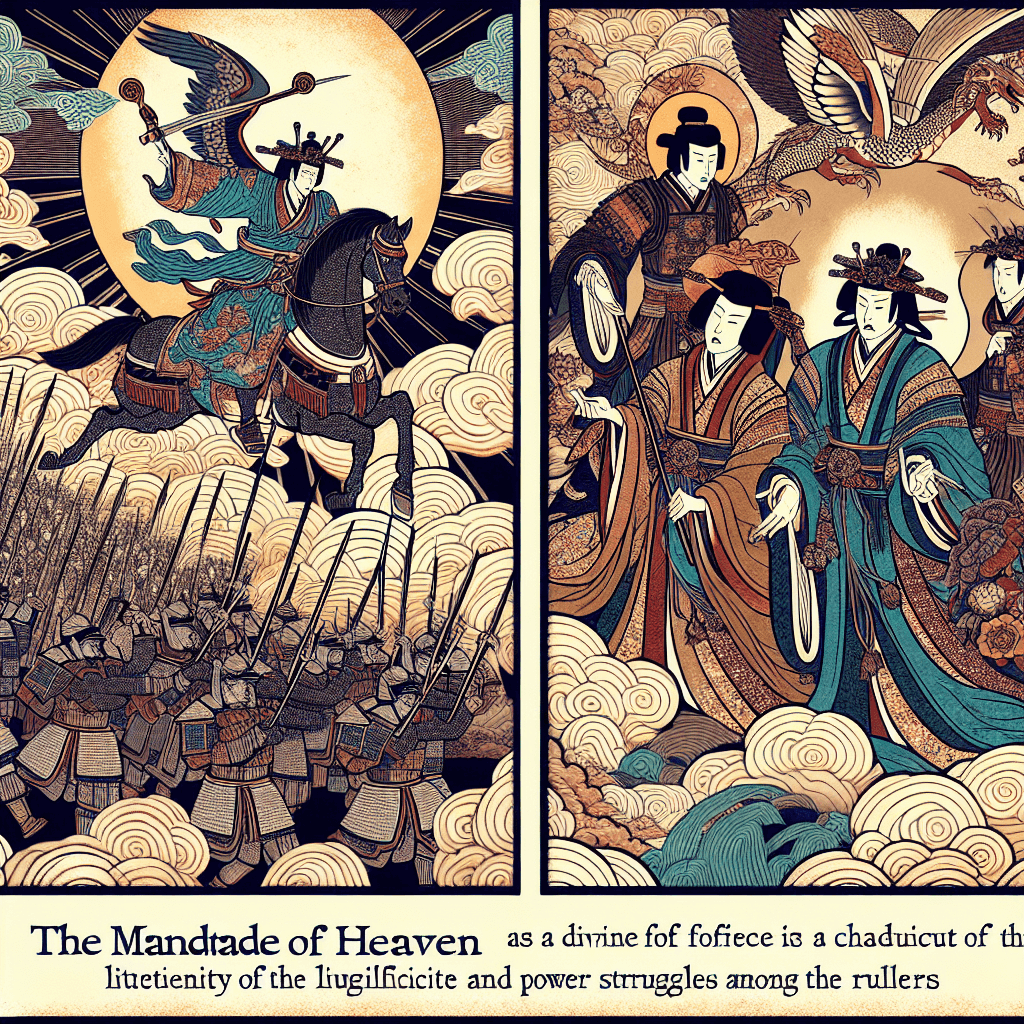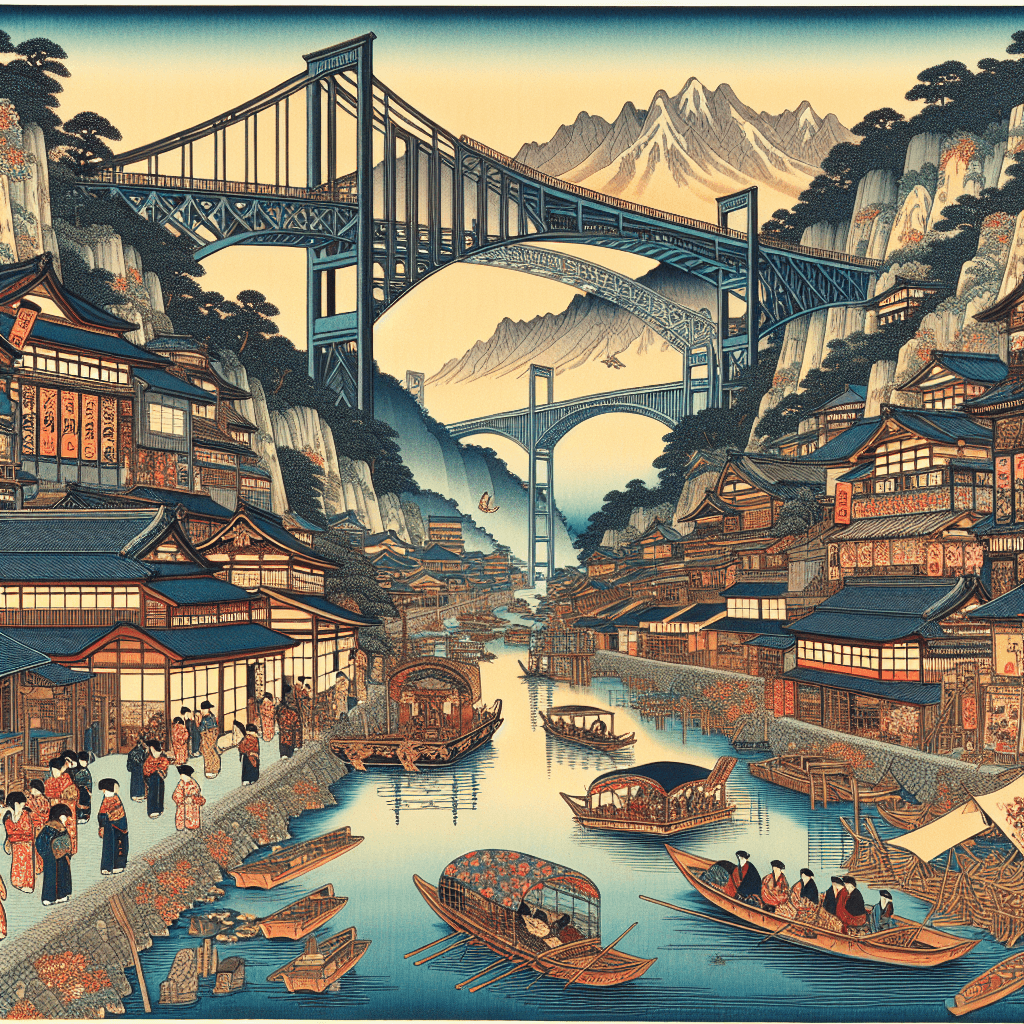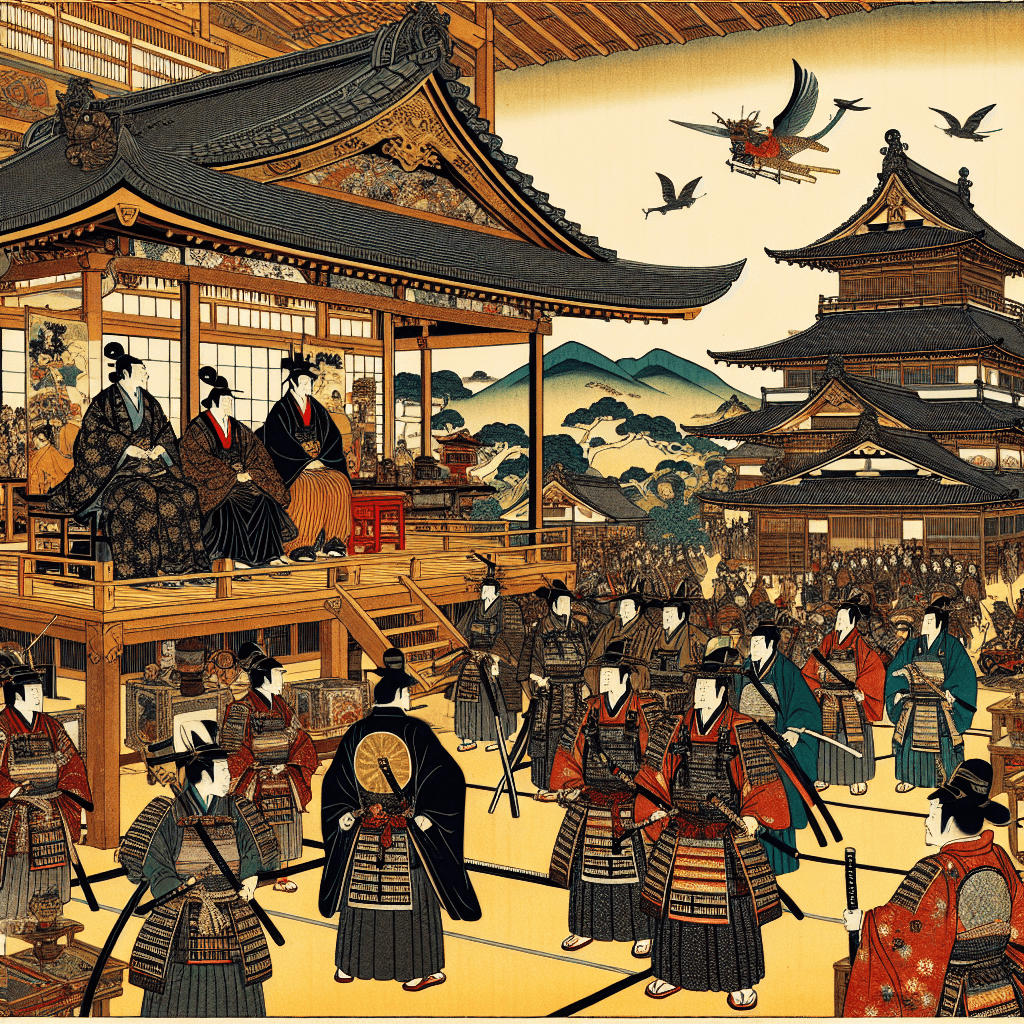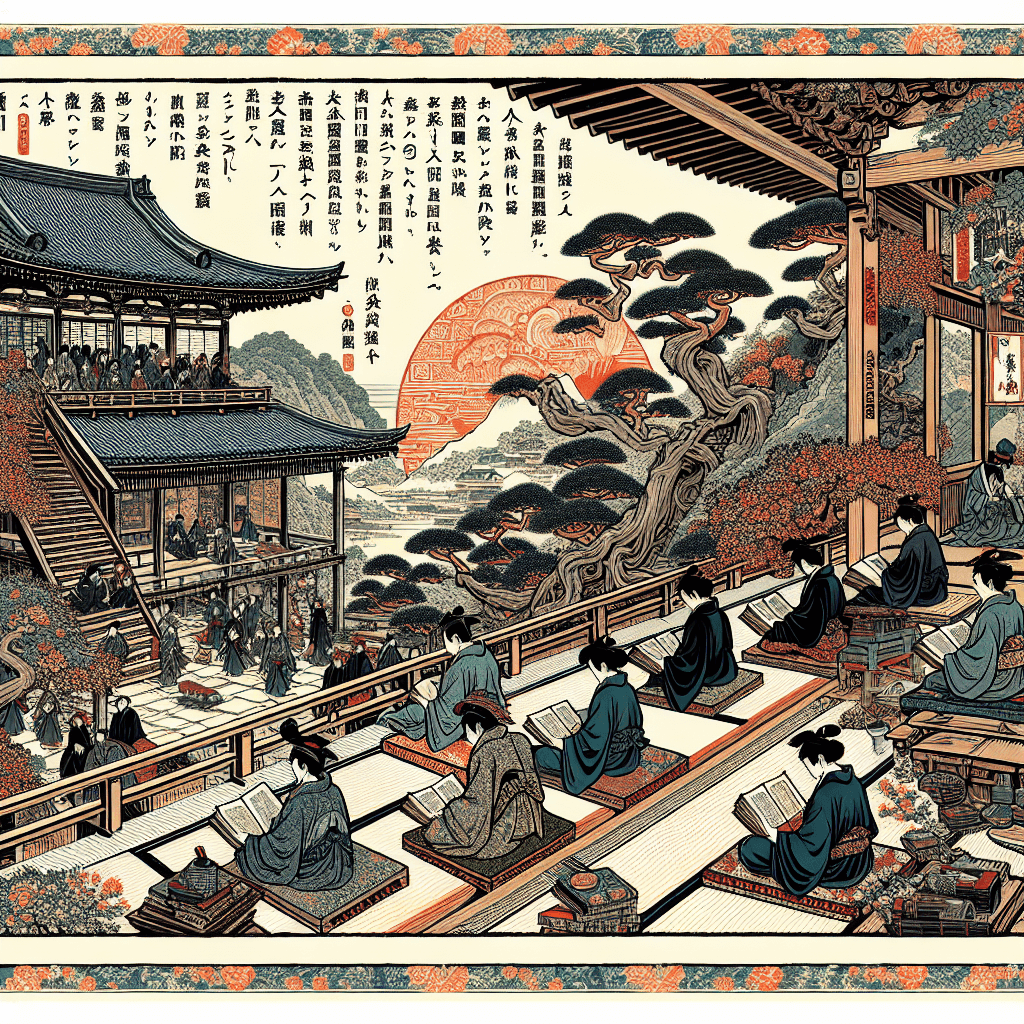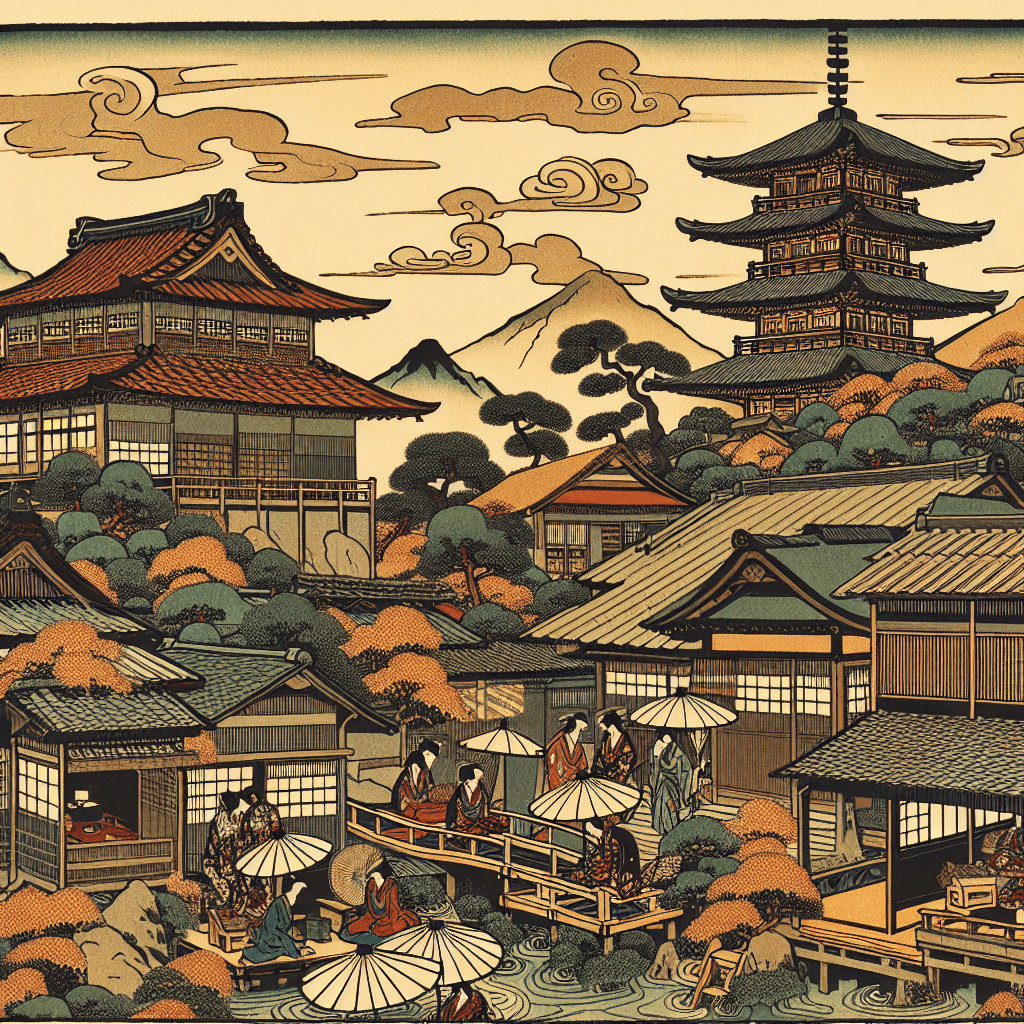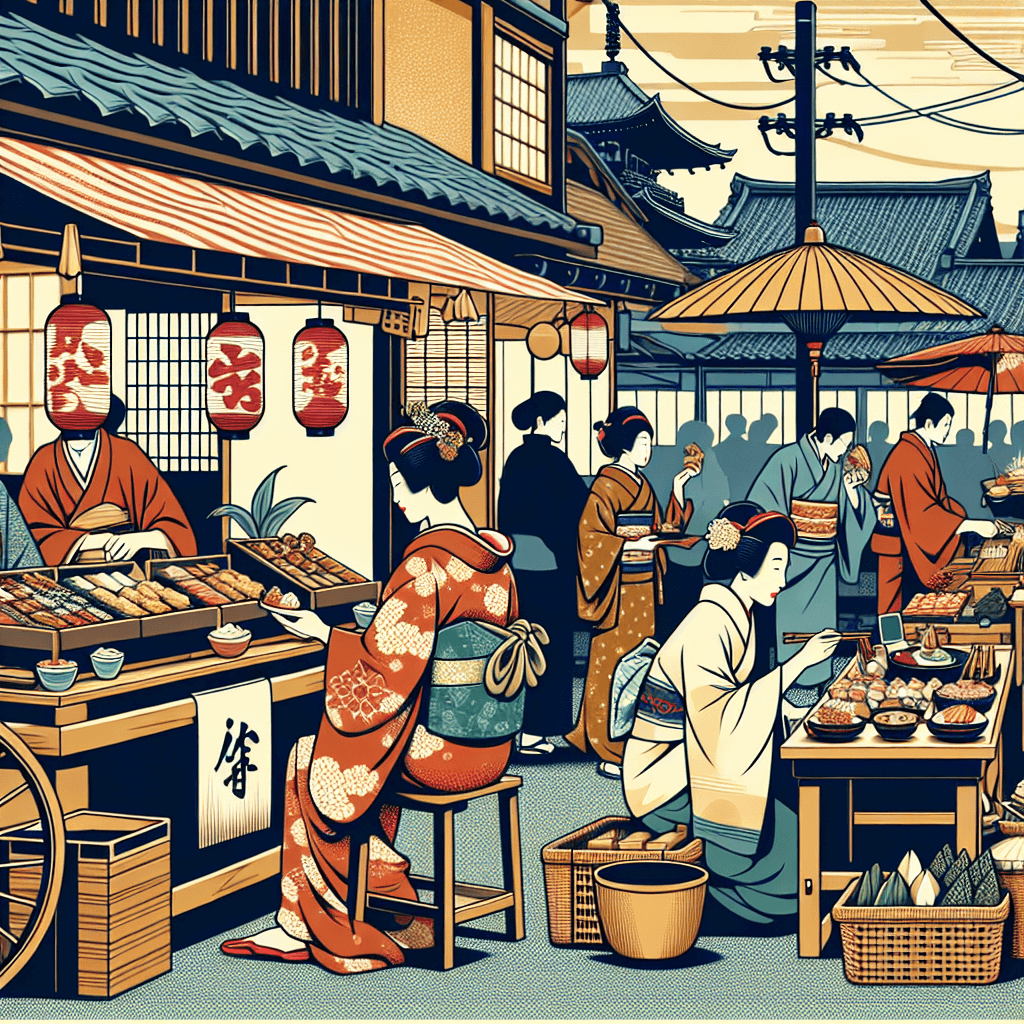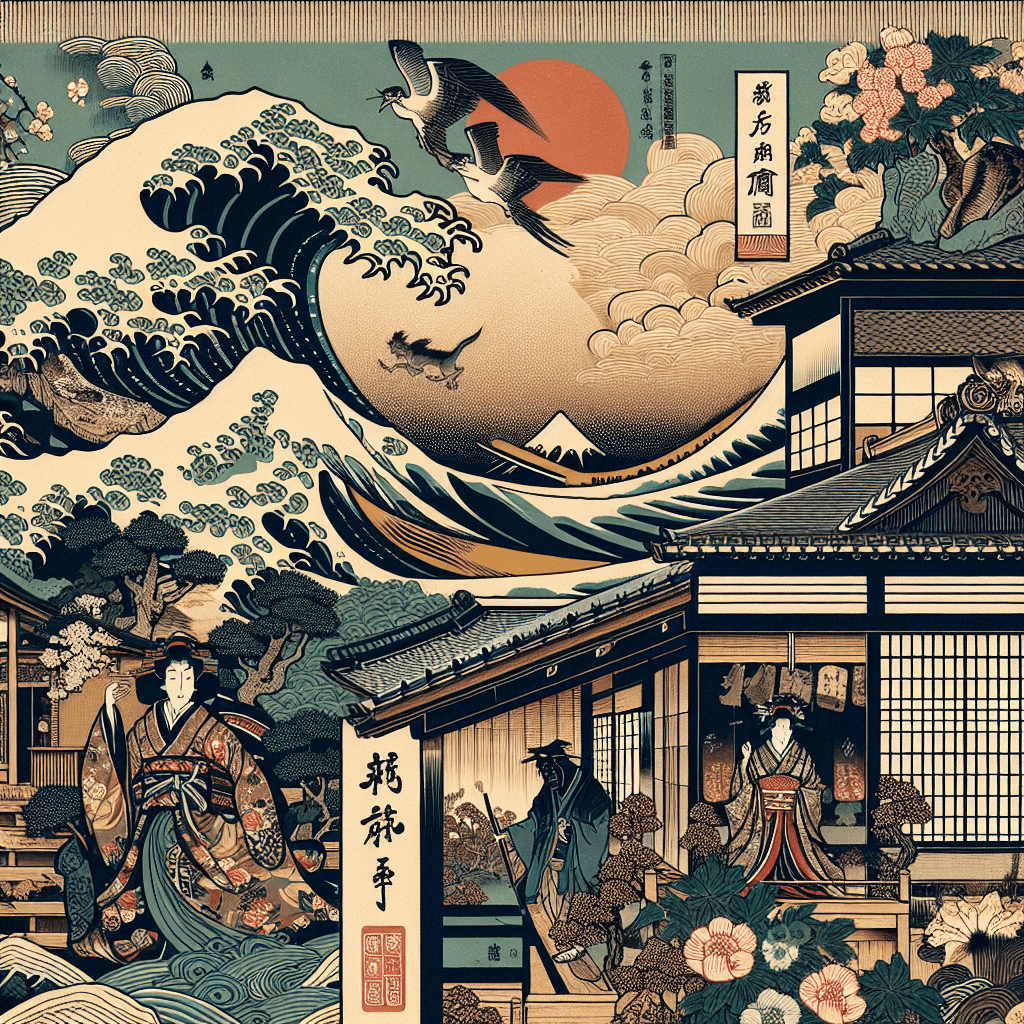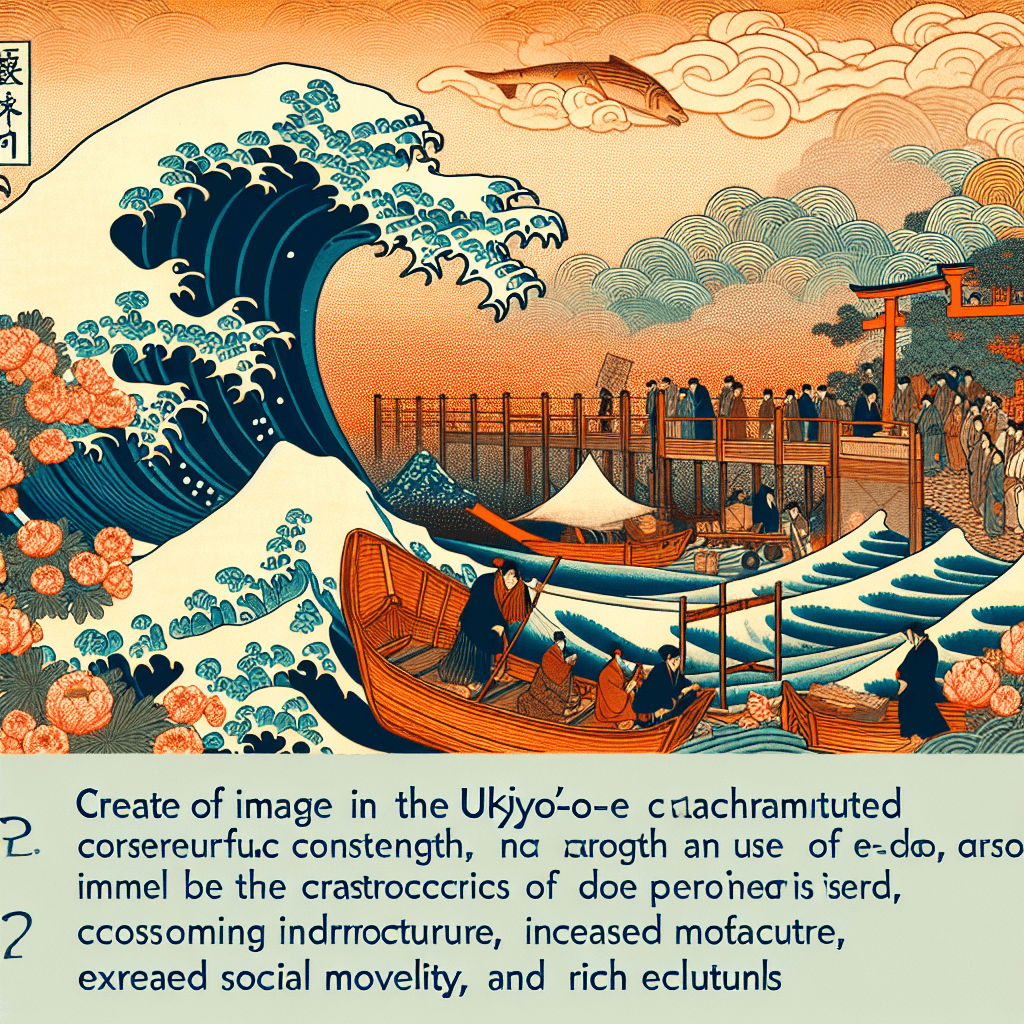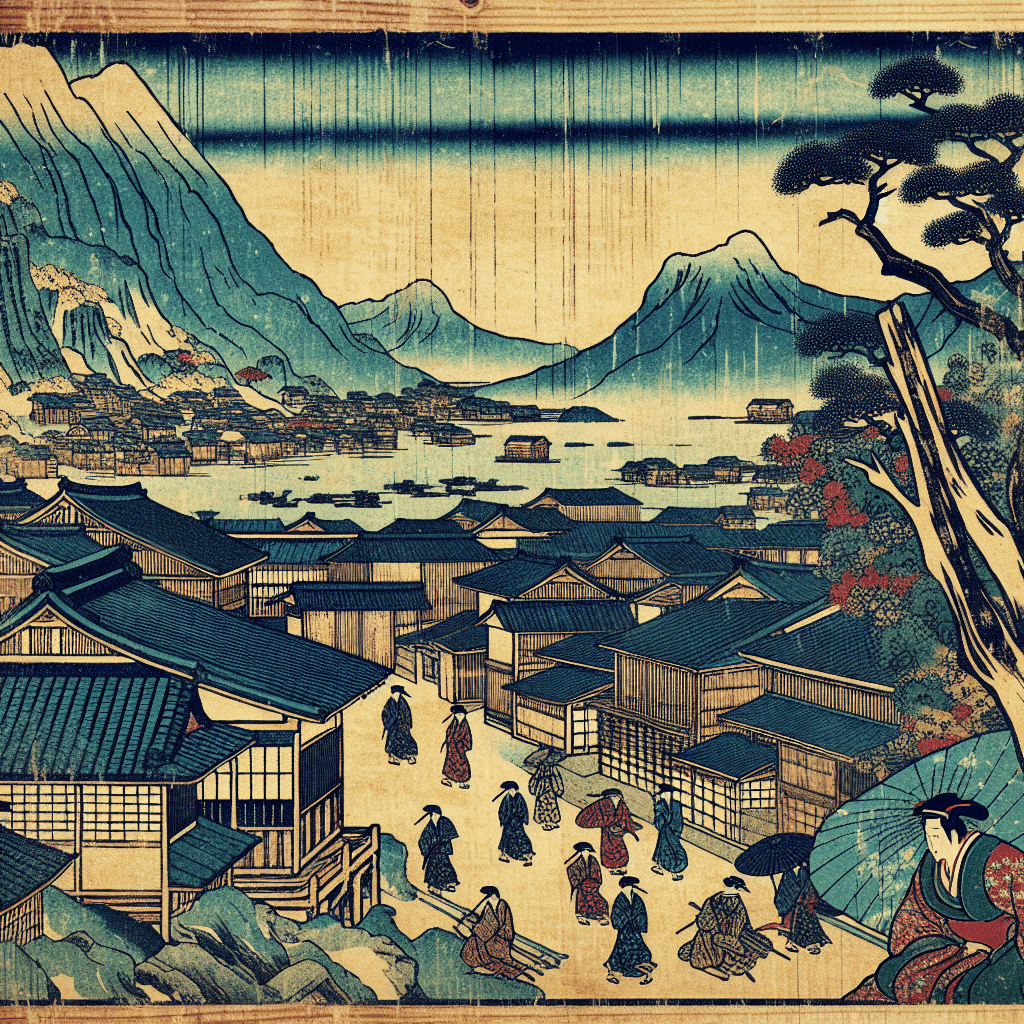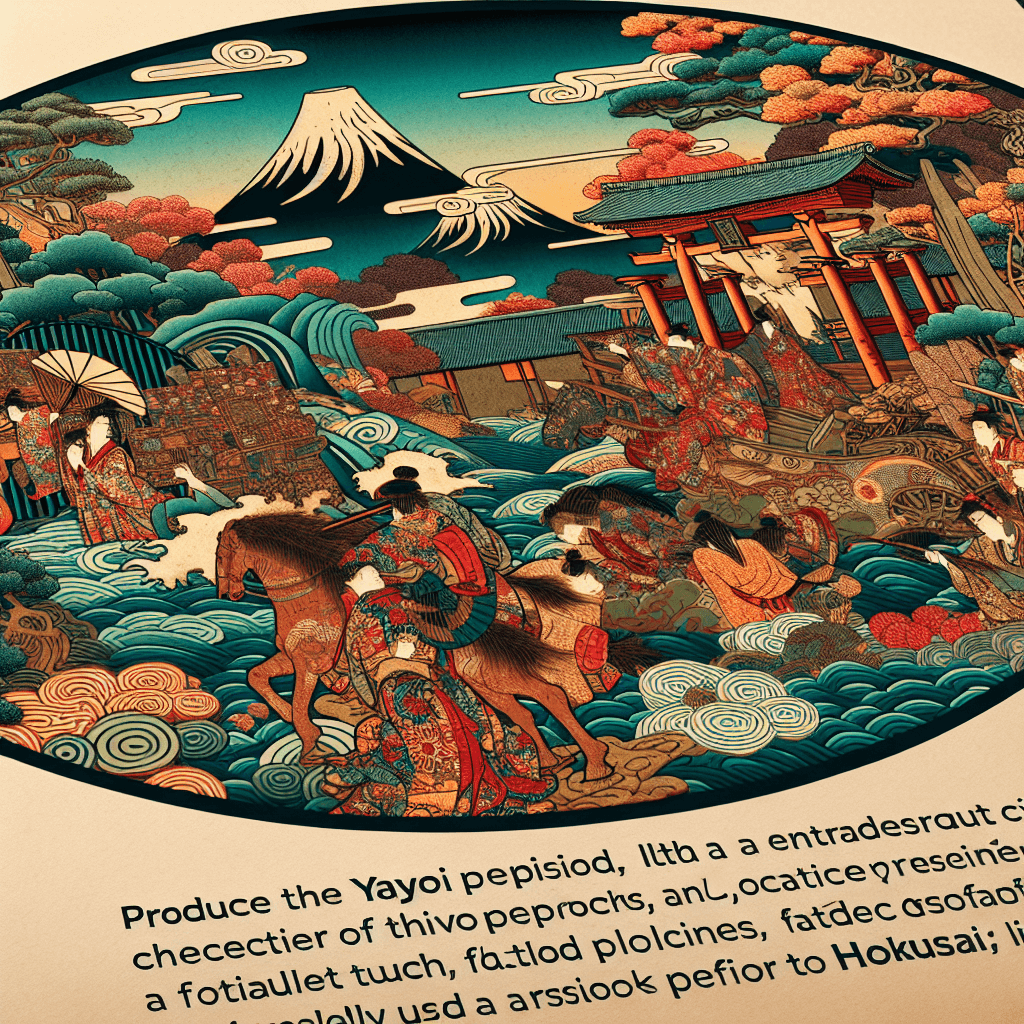Fashion and Self-Expression: A Look at Clothing in Japan's Edo Period
syndu | Nov. 4, 2023, 7:32 a.m.
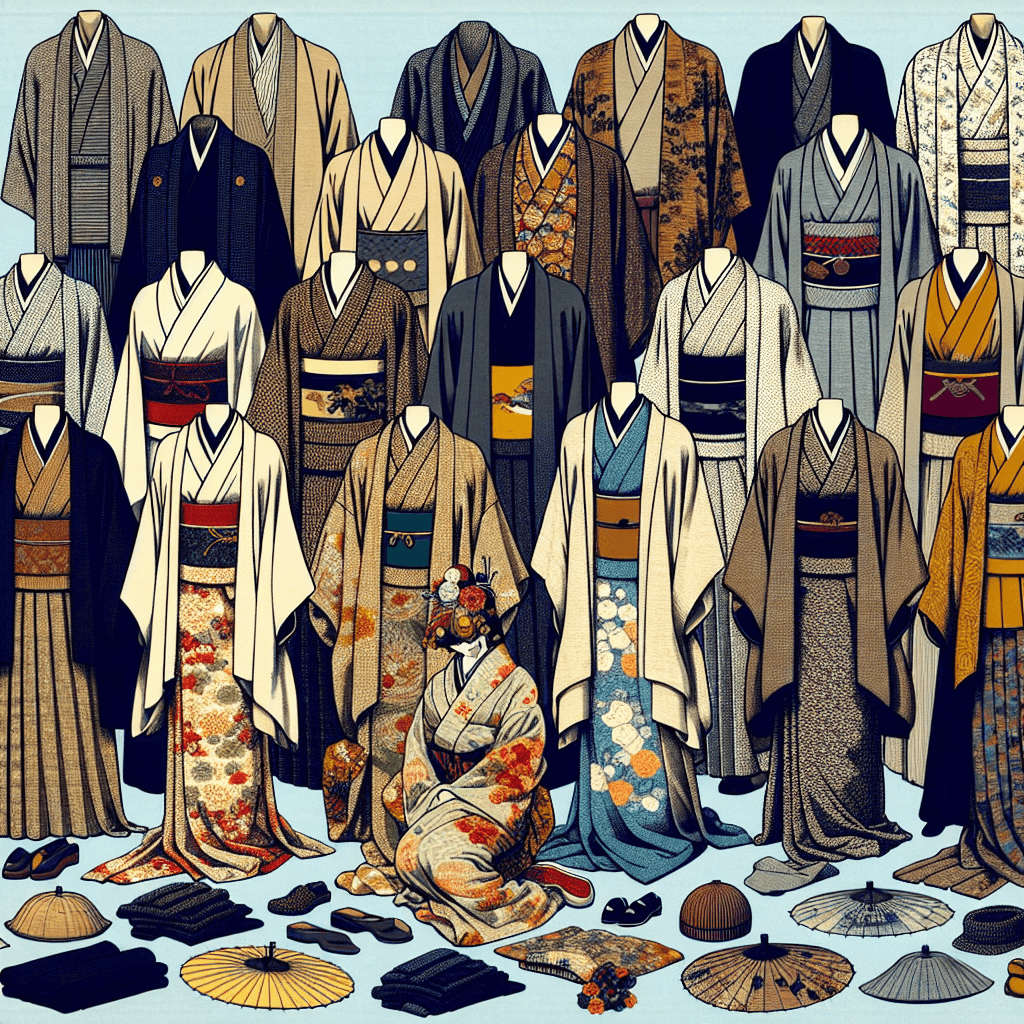
The Fascinating Fashion of the Edo Period
The Edo period in Japan, spanning from 1603 to 1868, was a time of great cultural and societal growth. One of the most fascinating aspects of this era was the fashion and clothing.
Clothing by Social Class
The clothing styles during the Edo period were largely influenced by social class. The samurai class, for instance, wore hakama (pleated and divided skirts) and haori (hip or thigh length kimono-style jackets) made of silk. The color and pattern of their clothing often represented their family or clan.
The merchant class, despite being economically prosperous, was socially lower than the samurai. They were restricted by sumptuary laws from displaying their wealth and were often limited to wearing simple, dark-colored clothing. However, they found a way around these restrictions by lining their clothing with expensive fabrics and intricate designs, a practice known as "hiding the flash".
The peasant class, on the other hand, wore clothing made of hemp or cotton. Their clothing was practical and durable, designed for work in the fields.
Materials and Colors
Materials used in Edo period clothing were largely dependent on one's social class. Silk was a luxury, reserved for the upper classes, while hemp and cotton were more common among the lower classes.
Color and pattern played a significant role in Edo period fashion. Bright colors were generally associated with youth and were commonly worn by young women and girls. Men and older women, on the other hand, wore more subdued colors. Patterns often had symbolic meanings. For example, the crane represented longevity, while cherry blossoms symbolized the fleeting nature of life.
"It was a time when clothing was not just a necessity, but a form of self-expression and a reflection of cultural values."
Conclusion
In conclusion, fashion and clothing in the Edo period were not just about aesthetics, but were a reflection of one's social status, age, and personal beliefs. It was a time when clothing was not just a necessity, but a form of self-expression and a reflection of cultural values.
